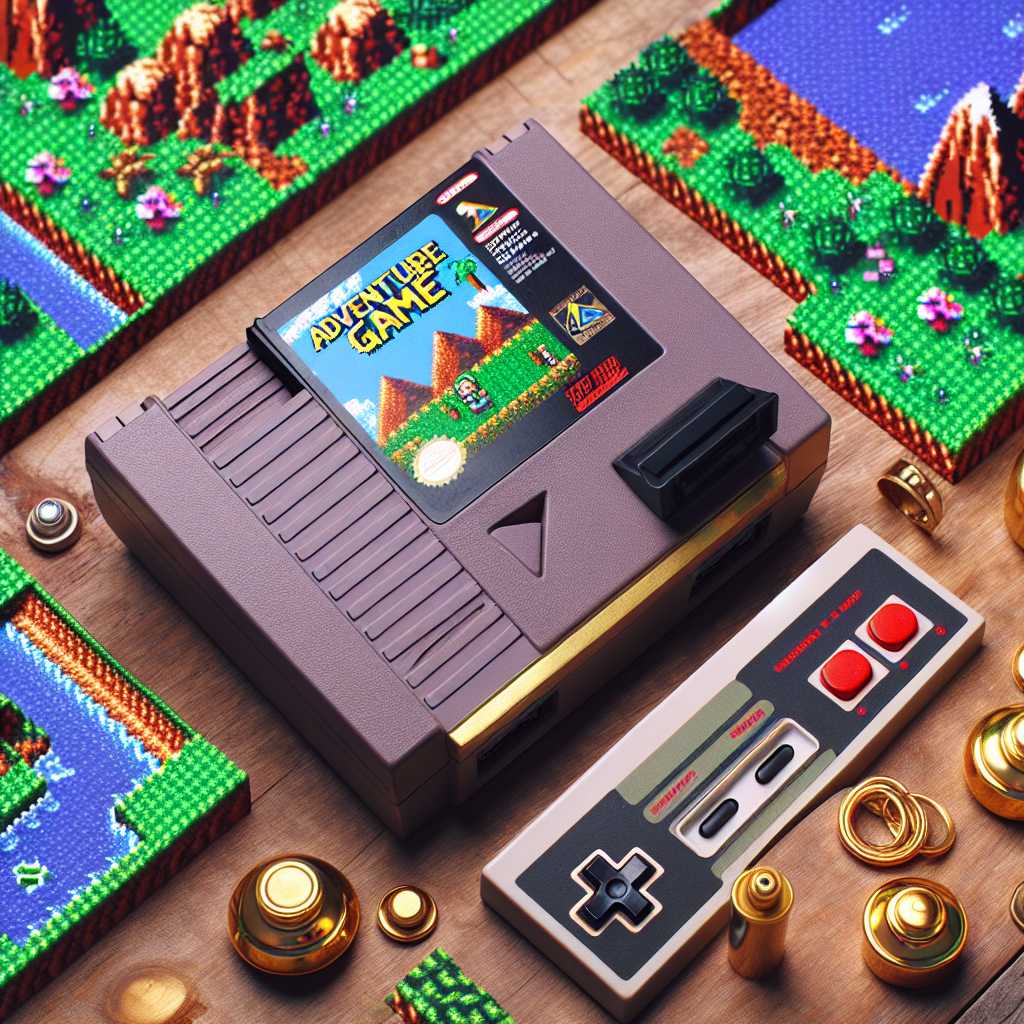The Evolution and Impact of Sega’s Sonic the Hedgehog 3
Sega’s iconic blue blur sped onto the scene yet again in the form of “Sonic the Hedgehog 3,” a platform game recognized widely for its innovation, gameplay mechanics, and significant contribution to the franchise’s lore. Released for the Sega Genesis in 1994, Sonic 3 managed to captivate gamers with its enhanced graphics, co-operative play, and introduction of new characters that would become staples in the ensemble of Sonic characters. Here, we delve into the storied history, development, and lasting legacy of this celebrated installment in the Sonic series.
Development and Innovative Features
Sonic the Hedgehog 3 followed the tremendous success of its predecessors. With high expectations from fans, the developers, led by Yuji Naka, sought to build upon the series’ winning formula while integrating fresh elements designed to improve player experience and story depth. Sonic 3 introduced save game options—a first for the series—allowing players to retain their progress across multiple gaming sessions.
The game also pioneered a characteristic that would become synonymous with the series moving forward: the split narrative. Sonic 3 was originally intended to be a much larger game but due to time constraints and hardware limitations, it was split into two releases. The second part would come out later as “Sonic & Knuckles.”
Gameplay Mechanics and Novel Additions
At its core, Sonic 3 maintained the fast-paced platforming action that had enamored fans. The levels, or ‘zones’, were known for their complexity and vertical design which allowed for multiple pathways to victory. This feature gave each playthrough a unique flavor which increased the game’s replayability.
A central addition to Sonic 3 was the introduction of Knuckles the Echidna, who served both as a new antagonist (under a misunderstanding) and later as a playable character with his own unique abilities such as gliding and wall climbing, diversifying gameplay even further. The inclusion of elemental shields provided Sonic with new powers like surviving underwater indefinitely or launching himself with a fiery dash.
Impact on Multiplayer Gaming
Previous Sonic games included Tails as a secondary character that could be controlled by a second player, albeit in a limited capacity. Sonic 3 ramped up this dynamic significantly by allowing a second player to control Tails independently during a single-player campaign or join forces with Sonic in a cooperative mode. It gave players a way to participate together in ways that were particularly engaging for one of the first times in console platform gaming.
Music and Soundtrack Influence
The music of Sonic 3 was another noteworthy triumph. According to popular belief, American pop icon Michael Jackson contributed to the soundtrack but remained uncredited due to controversies at the time. Indeed, comparisons have been made between some tracks in the game and Jackson’s musical stylings. Regardless of this collaboration’s precise nature, Sonic 3’s soundtrack remains admired for its catchy and well-complemented accompaniment to the on-screen action.
Commercial Success and Reception
Upon release, Sonic 3 was well-received by critics and consumers alike. It continued Sonic’s commercial hot streak from the earlier games and helped solidify Sega’s position as one of the key players in the console wars of the early 1990s.
Long-Term Legacy of Sonic 3
The influence of Sonic 3 cannot be overemphasized within gaming culture. Many features—such as character saving and spin-off narratives—pioneered foundational elements still evident in current gaming mechanics. The game also established Knuckles as a recurring character within the series who would garner his own following separate from Sonic.
Sonic 3 was instrumental in demonstrating how sequels could innovate without sacrificing brand identity—a balance that is crucial for maintaining fan interest over time.
